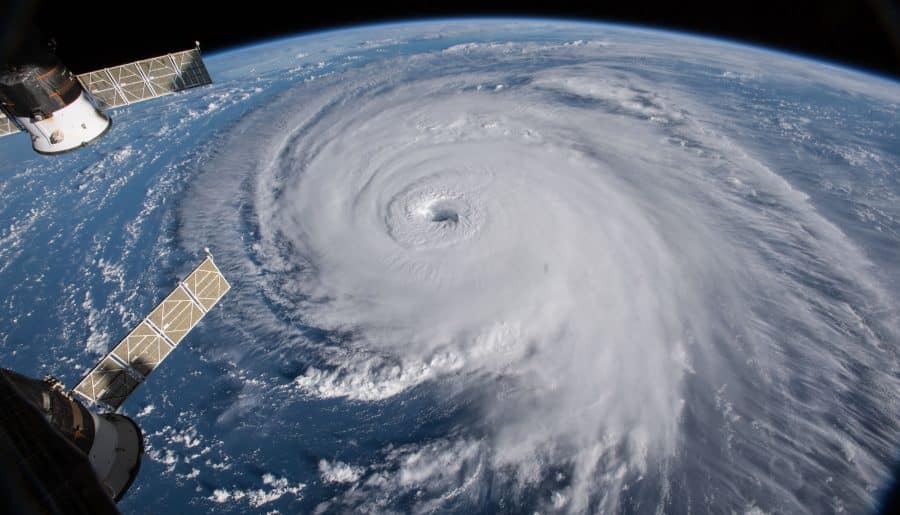Did you know that between 80 to 90 tropical cyclones form every year around the world? More than half of these grow strong enough to be called hurricanes. And on average, about five hurricanes hit the US coast over three years.
Unfortunately, hurricanes continue to rise each year in the US, mainly near the coast. It’s become common to see about 12 big storms during the hurricane season, which runs from June to November.
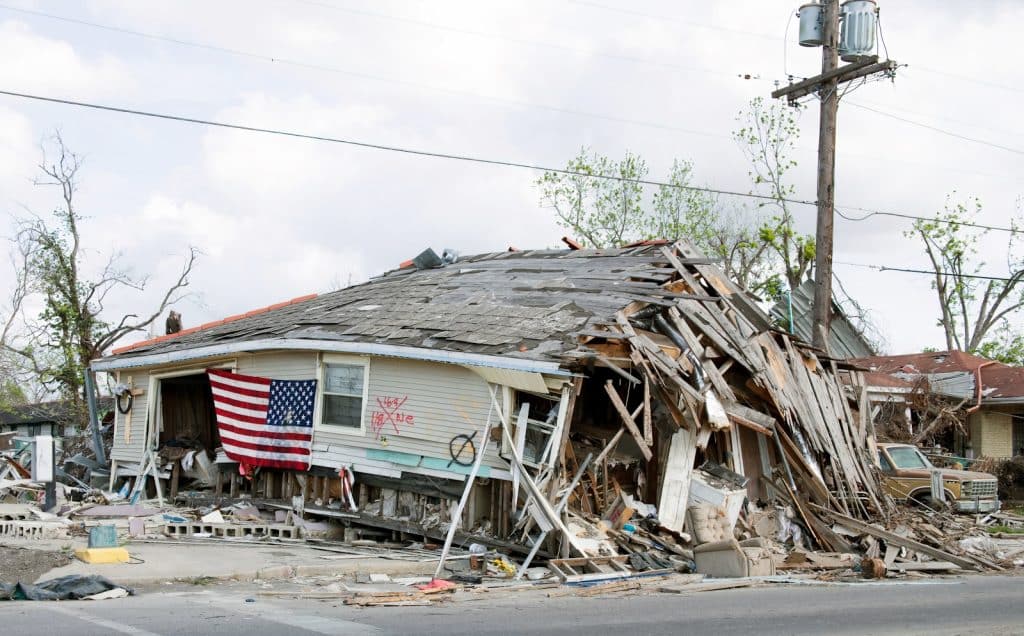
But over the years, hurricanes have gotten stronger and more destructive, damaging homes and communities and even causing deaths.
As the ocean gets warmer, it creates perfect conditions for hurricanes to get much stronger quickly. Scientists call it “rapid intensification,” when a hurricane’s wind speed can reach 35 mph or more in just 24 hours.
Now, you might ask, “How do hurricanes get powerful so fast?
Before we get into that, let’s talk about this first.
What are hurricanes?
Hurricanes are strong storms that form over warm ocean waters in tropical areas. They might be called cyclones or typhoons in different places, but together, they’re all called “tropical cyclones.”
Tropical cyclones have high wind speeds, heavy rainfall, and storm surges, or when the sea level rises quickly. This often leads to a lot of damage and flooding.
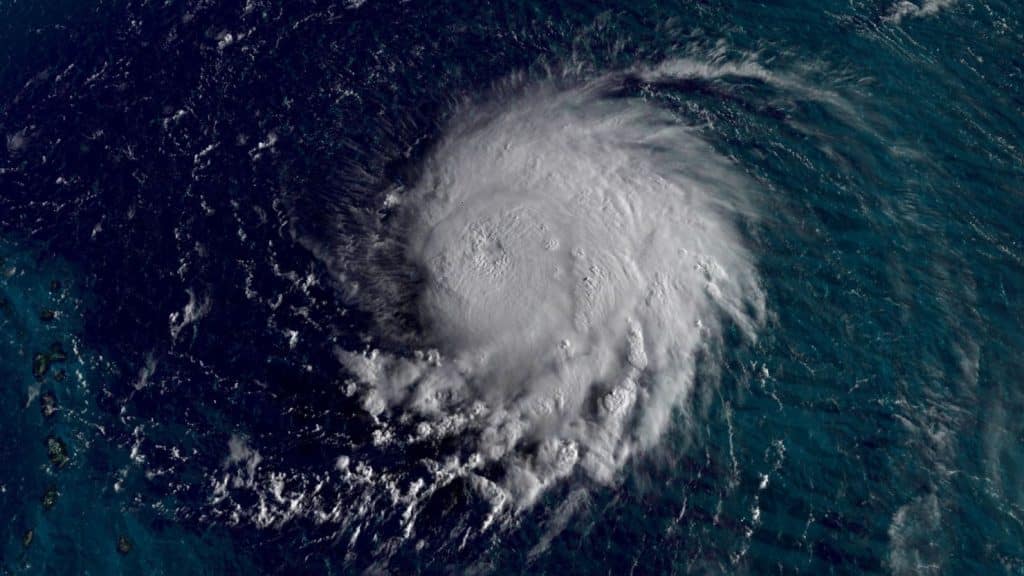
The names we use for big storms, such as hurricanes, typhoons, or cyclones, depend on where they occur.
- Hurricanes are storms that happen in the Atlantic Ocean or the northeastern Pacific Ocean.
- Typhoons are storms that happen in the northwestern Pacific Ocean and usually affect Asia.
- Cyclones are the name used for storms in the South Pacific and Indian Ocean.
The strength of a hurricane is measured by how fast its winds are blowing. Major hurricanes are rated category three and above, indicating wind speeds of at least 111mph (178km/h).
How do hurricanes form?
Hurricanes, typhoons, and cyclones start off as simple weather issues, like tropical waves. They occur in areas where the air pressure is low, which leads to the formation of clouds and thunderstorms.
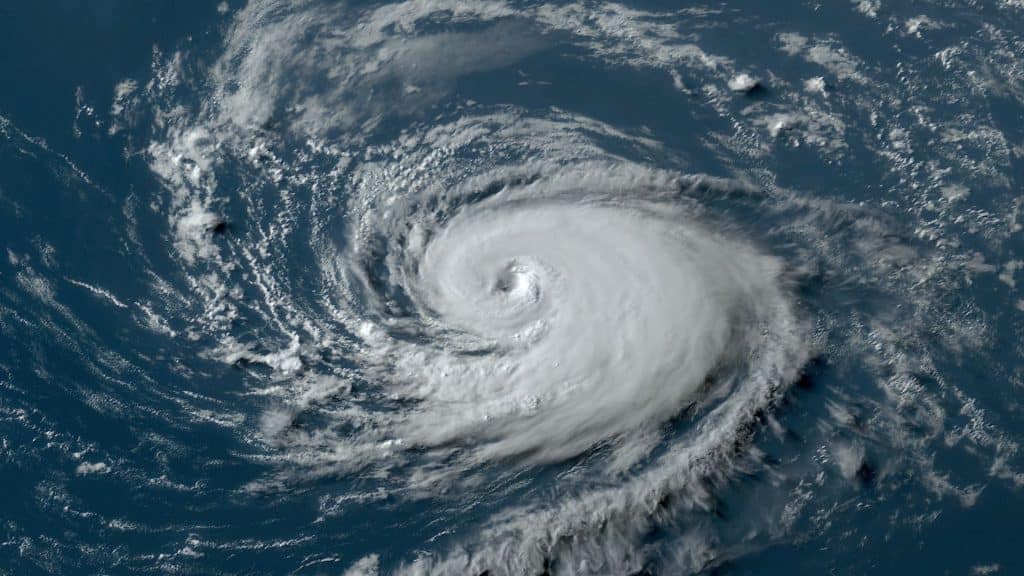
To actually turn into a hurricane, four things are needed:
- Warm seawater
- A lot of moisture in the air
- Steady winds that don’t change direction or speed too much going up into the sky
- A starting point, like a group of thunderstorms
Hurricanes develop from thunderstorms that pull warm, moist air up high into the atmosphere. This warm air turns into energy that powers the spinning winds of the hurricane.
Now, did you know that hurricanes are ranked in five categories based on their power? This ranking comes from the SAFFIR-SIMPSON Hurricane Scale.
Here are each category and their meaning regarding wind speed and the damage they can cause.
Remember, storm surge is when the seawater level rises. It’s caused by the strong winds in a hurricane or tropical storm.
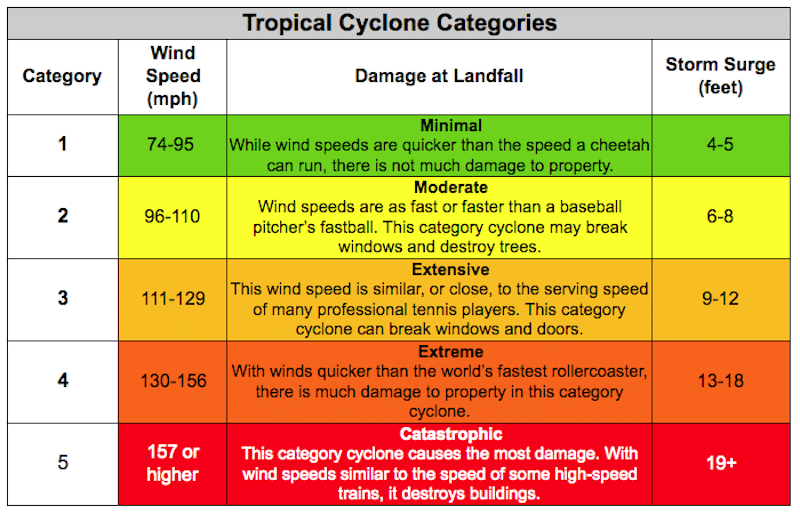
Category One:
- Wind speed: 74 to 95 mph. Mainly damages bushes, tree leaves, weak structures, and mobile homes that aren’t tied down.
- Storm surge: It reaches 4 to 5 feet above the usual tide, flooding coastal roads, causing minor pier damage, and causing some boats to break free.
Category Two:
- Wind speed: 96 to 110 mph. Causes a lot of damage to trees and bushes, with some trees getting knocked over. Weak structures see major damage, and roofs and other parts of buildings can get hurt.
- Storm surge: It reaches 6 to 8 feet above normal. Roads along the coast get flooded hours before the hurricane hits, damaging piers and marinas and requiring evacuation in some areas.
Category Three:
- Wind speed: 111 to 130 mph. Trees lose their leaves, and big ones fall. Weak structures are ruined, and roofs, windows, and doors are expected to be damaged. Mobile homes are destroyed.
- Storm surge: It can go 9 to 12 feet above normal, causing serious flooding and destruction to small buildings by the coast. Big buildings are damaged by waves and debris, and massive evacuations are needed near the beach.
Category Four:
- Wind speed: 131 to 155 mph. Trees, signs, and shrubs are knocked down. Roofs, windows, and doors on many small houses fail.
- Storm surges: Storm surges can reach 13 to 17 feet above normal flood areas 2 feet or less above sea level up to 6 miles inland, causing major damage to buildings near the shore. Evacuation routes inland are cut off hours before the hurricane arrives.
Category Five:
- Wind speed: Over 155 mph. Similar damage to category four, but roofs on many homes and industrial buildings fail. Glass windows and doors break a lot, leading to many buildings failing.
- Storm surges: It can go over 18 feet above normal. Evacuation routes inland are cut off hours before the hurricane arrives, and a massive evacuation of residential areas might be needed.
How do hurricanes get so strong so quickly?
Studies show that powerful hurricanes in the U.S. happen three times more often than 100 years ago.
Also, did you know that the number of strong hurricanes (Category 3 or higher) in the Atlantic has doubled since 1980?
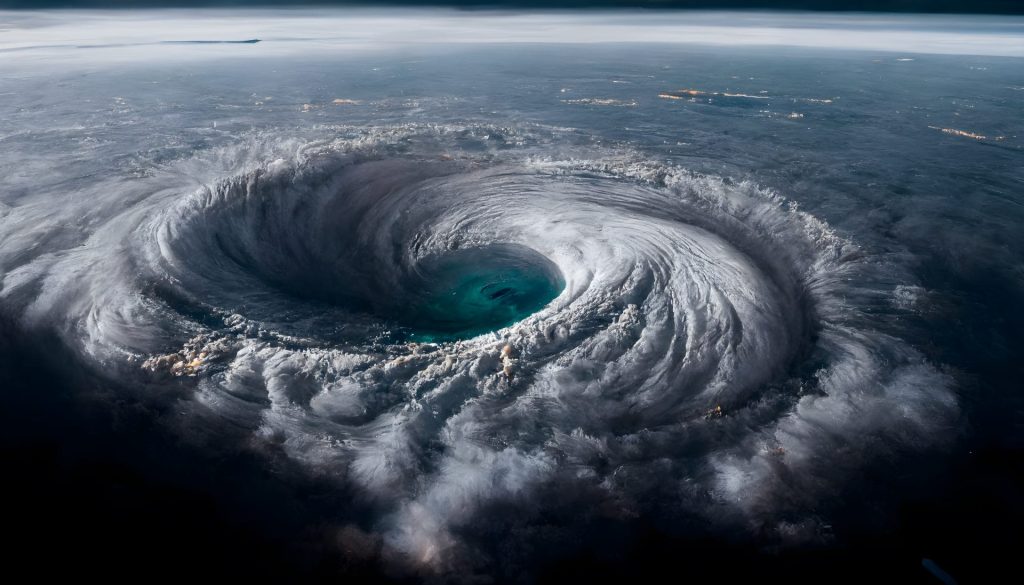
Hurricane Milton is an example of a storm that got stronger quickly, going from a tropical storm to a Category 5 in less than a day.
So how do hurricanes become more powerful fast?
When a hurricane starts, it draws power from the warm water underneath it. The warmer the water, the more powerful the hurricane can become. Sadly, due to climate change, ocean water is heating up.
As the ocean heats up, more water evaporates, which moves heat from the ocean to the air. So, when storms move over warm oceans, they pull in more water vapor and heat. This leads to stronger winds, more rain, and increased flooding when these storms reach land.
Another reason is that sea levels continue to rise because glaciers and ice sheets are melting, and warm water expands. This means the flooding is even worse when storms come in because it’s on top of already higher sea levels.
